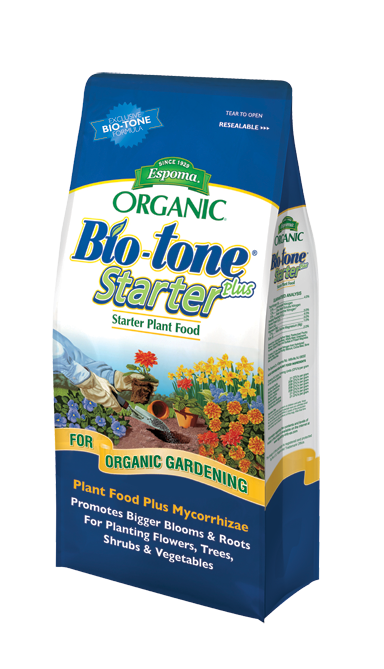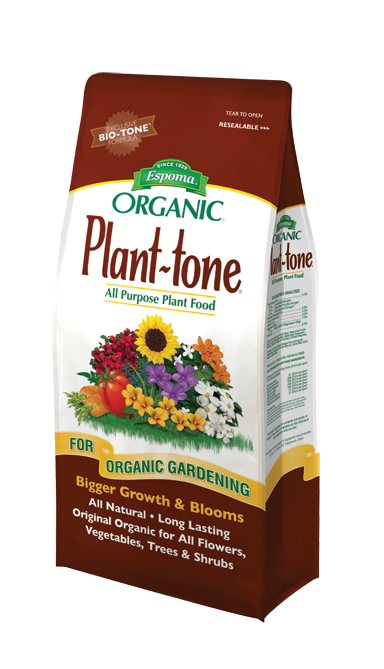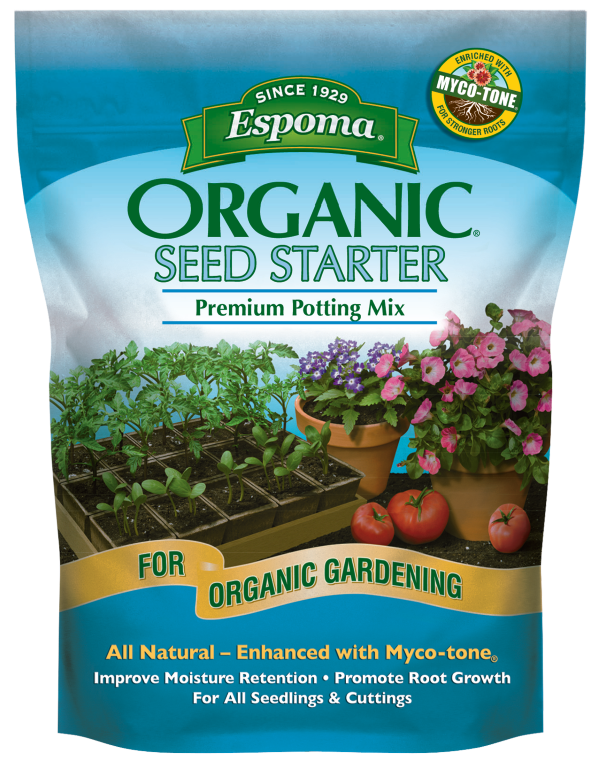Make Landscapes Not Landfills with Compost
Why Compost: Turn Food Scraps Into Garden Gold
Stop! Don’t throw out those leftover vegetables and coffee grinds. Mixing these kitchen food scraps with other ingredients turns ordinary garbage into black gold for the garden.
The secret to creating enriched, organic soil is compost. Compost gives the soil nutrient-rich materials and helps plants resist diseases and grow stronger. Plus composting food scraps keeps organic materials out of landfills and garbage disposals and puts them back into the earth. Best of all, it’s free!
Plus, you’ll make the planet cleaner and greener. The US tossed a whopping 131 billion pounds of food in 2010 alone, according to the U.S. Department of Agriculture.
At Espoma, we are always looking for natural solutions. When we founded our company in 1929, we transformed ordinary ingredients into an extraordinary product for your garden.
So, to make great compost, simply follow the recipe, just like when cooking. The best compost is 50 percent green material made of garden and food scraps and 50 percent brown material, such as paper, straw or dried leaves.
Add Espoma Organic Compost Starter to help speed the composting process, for rich, fertile compost. This 100% bio-organic mix contains microbes cultured for fast, healthy composting.
Toss your compost about every two weeks to help it decompose quicker. Make it even easier by investing in a compost tumbler. Trust us, it’s worth it!
And finally, make sure your compost is getting enough to drink. Squeeze a handful of compost – while wearing garden gloves of course! If water drips, it’s too wet, so add dry brown material. If no water dribbles but the compost crumbles when released, moisten with a bit of water. Or if your area often gets rains, make an indent in the top of the compost to collect rain water.




